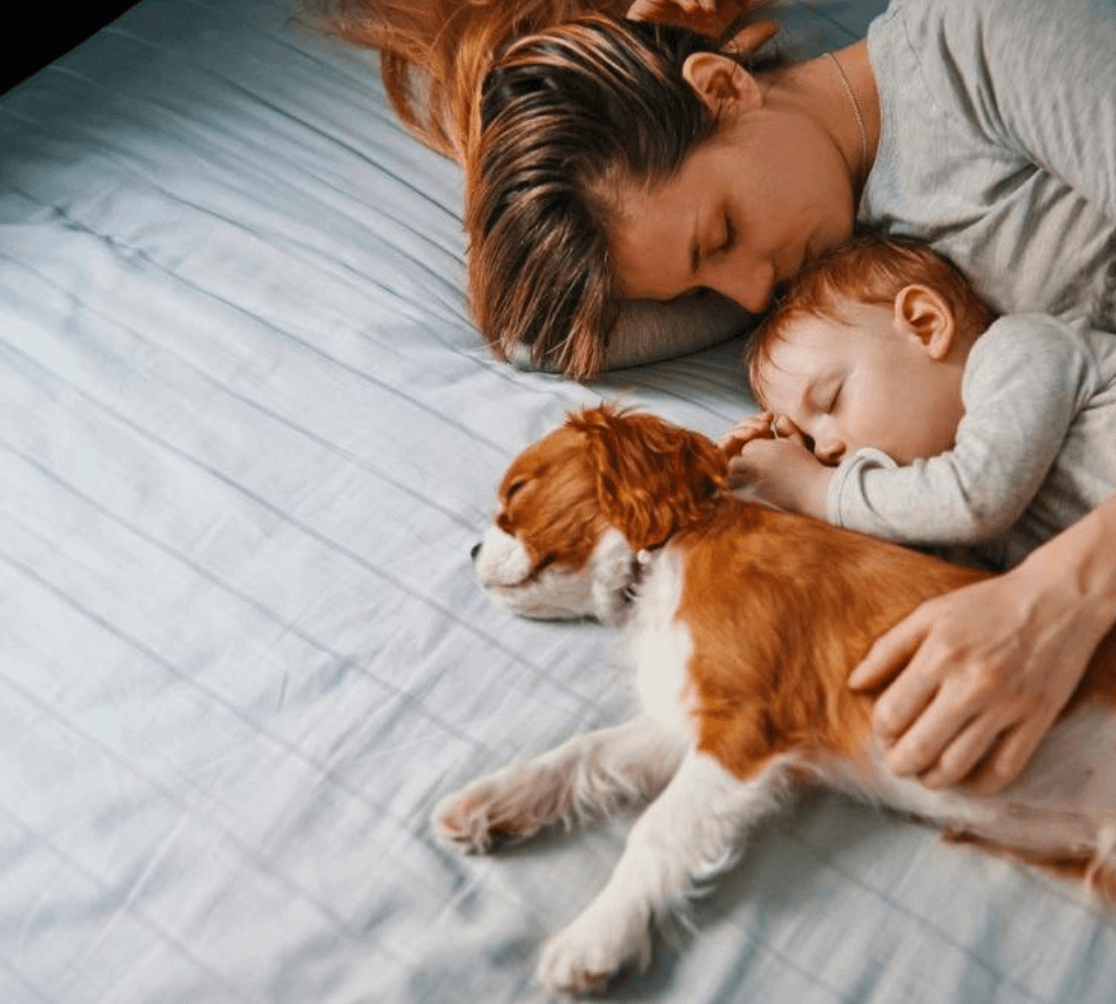Humans began by sleeping on piles of dry leaves. Can you believe it? If you think about it, the level of progress we've had over the years is impressive. How is it that from dry leaves, we have come to mattresses with speakers, rooms with smart thermostats, and smart mattresses with the ability to massage us before going to sleep?
Evolution has allowed us to devise better sleeping methods, so that these are increasingly effective and better for our body. Smart mattresses now allow us to shape them with motorized bases as we find them most comfortable, so they can help people with chronic illnesses to sleep and rest more comfortably at home, and seniors to keep them from falling out sores, bruises when standing for long periods of time, or muscle pain when waking up in the morning.
However, these smart mattresses (although previously only sold as a hospital bed) can be for anyone today. They look very similar to a normal sleep system, and their technology can appeal to adults or young adults of all ages!
To understand how we got here, it is necessary to see our past. How were the first mattresses? And what are the needs that we still have to cover after 315,000 years of history of homo sapiens?
The first mattresses were, as the very title of this blog says, beds of dry leaves, skins, or organic materials that worked to separate the first humans from the ground. Once that first need was covered, they began to look for the following: comfort. In order to be a little more comfortable, the beds were converted into sacks and covers filled with organic materials, to this, the Romans and Greeks began to use goose and goose feathers to make them even more comfortable, and the idea of separating these sacks of the ground further, resulting in the first cots made of wood and fur.
Beginning in the Renaissance, mattresses began to have the ability to be more luxurious. The equivalent of a smart mattress today was a velvet or silk mattress, filled with straw or down, and finally in the 17th century spring mattresses began to be manufactured in the United Kingdom. From 1900, mattresses began to evolve faster and faster and by the 50's polyurethane foam mattresses were already on sale. In the 60's they began the production of latex mattresses, and by the 70's spring mattresses became popular again.
From this point, smart mattresses began to be devised, and as we well know, they were first used in hospitals before moving to the mattress stores that we find today in shopping malls.
Human beings continue to have 2 main needs at bedtime: comfort and support. However, our smart mattresses now tend to guard us more against sags and irregularities in old mattresses rather than stones and twigs on the floor, as early beds did. In addition, we have the benefit that our smart mattresses are just that: smart! By acquiring smart mattresses you are not only investing in your present, but also in your future, since these can last from 8-12 years, ensure the best comfort while you sleep and stay modern to adapt to the future of your room!



